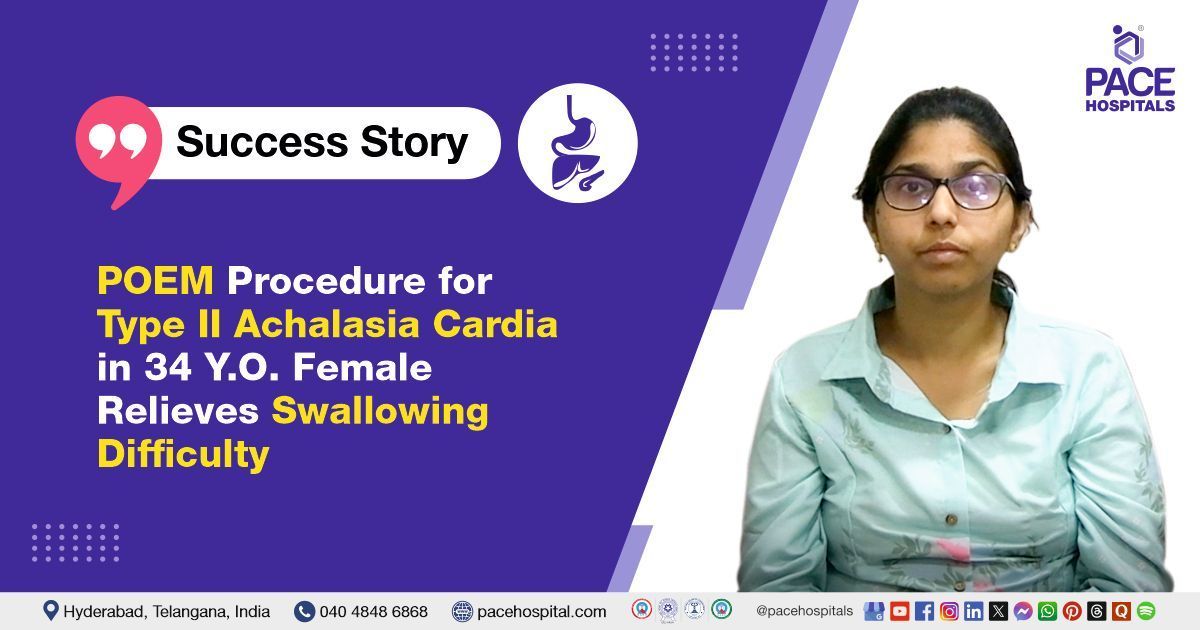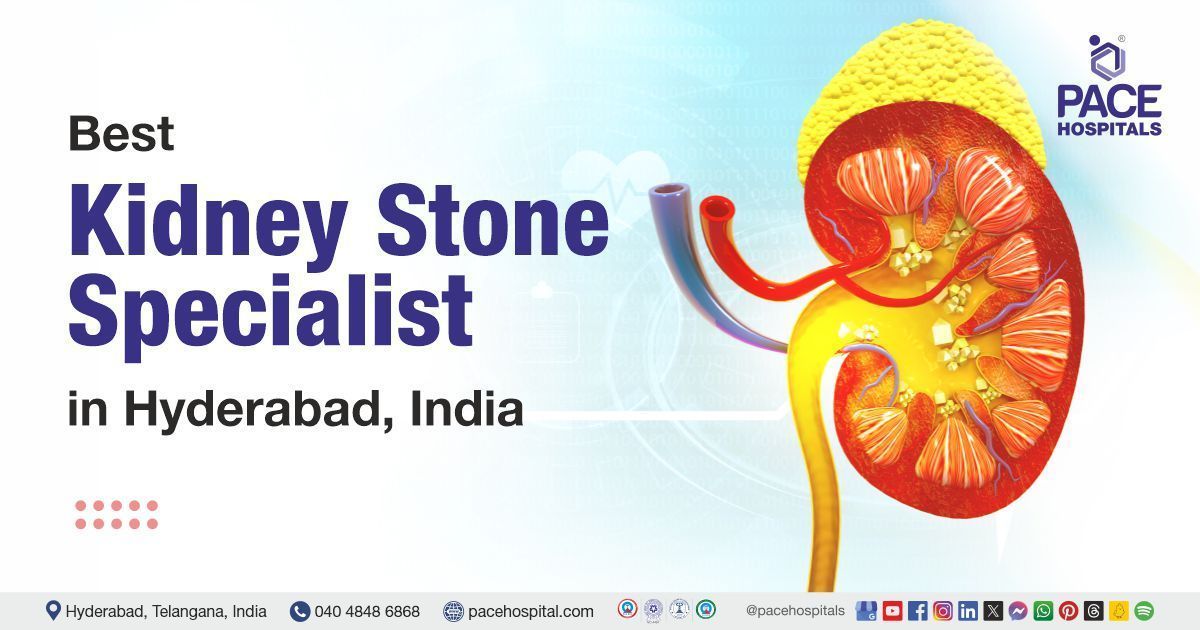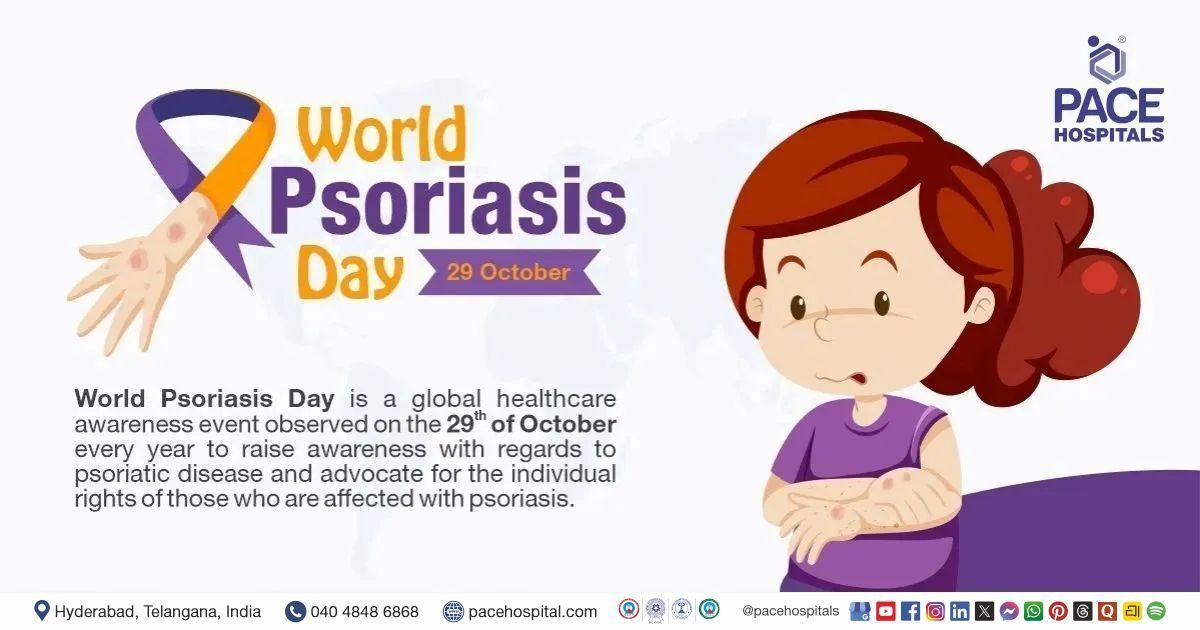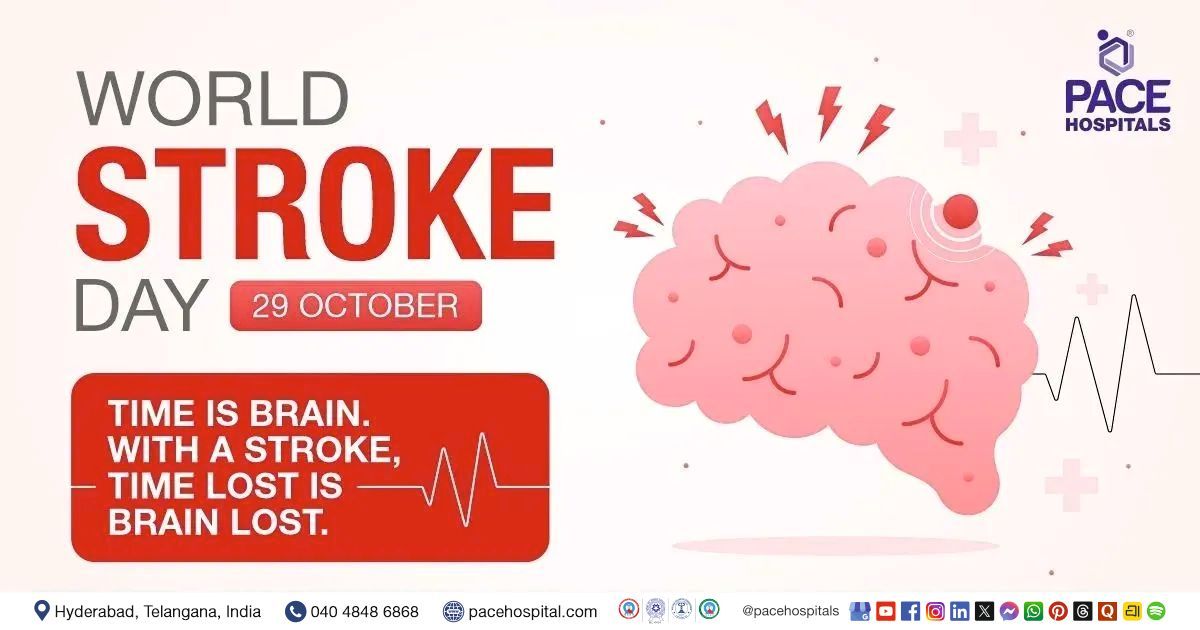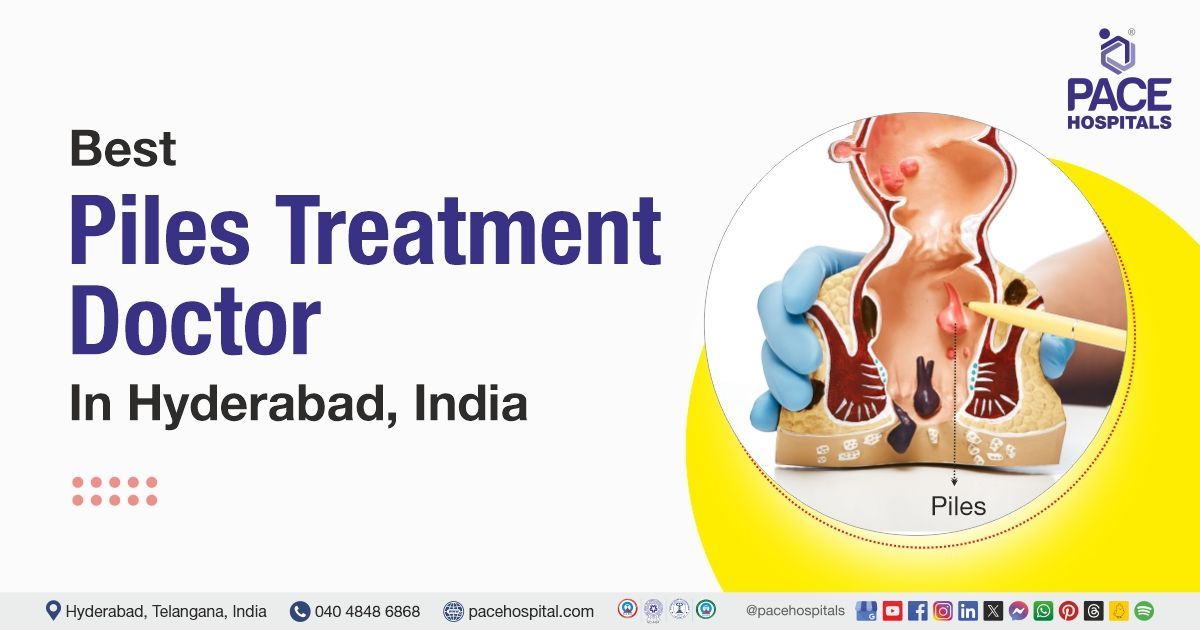POEM Procedure for Type II Achalasia Cardia in a 34 Y.O. Female
The PACE Hospitals' expert gastroenterologist team successfully performed a Peroral Endoscopic Myotomy (POEM) on a 34-year-old female patient diagnosed with Type II achalasia cardia. The patient had been experiencing long-standing difficulties in swallowing both liquids and solids, accompanied by symptoms such as vomiting, regurgitation, a sensation of food being stuck in her throat, nocturnal cough, occasional chest pain, and weight loss. Following the procedure, the patient demonstrated significant improvement in her ability to swallow.
Chief Complaints
A 34-year-old female patient with a
Body Mass Index (BMI) of 18.0 presented to the Gastroenterology Department at
PACE Hospitals, Hitech City, Hyderabad, with a long-standing history of difficulty swallowing both liquids and solids. She also experienced symptoms such as vomiting, regurgitation, a sensation of food being stuck in her throat, a nocturnal cough, occasional chest pain, and weight loss. These symptoms had progressively worsened, severely affecting her ability to perform routine daily tasks.
Past Medical History
The patient had a history of surgery for an
umbilical hernia, an
appendectomy, and a lower segment cesarean section (LSCS). She had no history of
diabetes or
hypertension. Her past surgeries are relevant to her overall health but do not appear to be related to the gastrointestinal issues she is currently facing.
On Examination
On physical examination, the patient appeared clinically stable and showed no signs of acute distress. She was conscious, alert, cooperative, and well-oriented to time, place, and person. Vital signs were within normal limits. A systemic examination, including an abdominal assessment, revealed a soft, non-tender abdomen with no palpable masses or signs of discomfort. There were no signs of acute gastrointestinal distress, which was consistent with her clinical stability, although her ongoing symptoms suggested an underlying issue that required further investigation.
Diagnosis
Upon admission to PACE Hospitals, the patient underwent a thorough evaluation, including a review of her medical history and clinical examination by the gastroenterology team. Given her symptoms, there was a strong suspicion of achalasia cardia, an esophageal motility disorder.
Investigations, including complete blood profile (CBP), liver function tests (LFTs), and renal function tests (RFT), were all within normal limits. A barium swallow study and esophageal manometry were performed, which revealed findings consistent with Type II Achalasia cardia. These diagnostic tests helped confirm the underlying cause of the patient’s swallowing difficulties and other related symptoms. The manometry, in particular, provided detailed information on the motility disorder of the esophagus, which was crucial for determining the appropriate treatment approach.
Based on the confirmed findings, the patient was advised to undergo Achalasia Cardia Treatment in Hyderabad, India, under the expert care of the Gastroenterology Department.
Medical Decision-Making (MDM)
After a detailed consultation with the consultant gastroenterologists Dr. Govind R Verma, Dr. Sudhir, and Dr. Padma Priya, a comprehensive evaluation was carried out to determine the most suitable diagnostic and therapeutic approach for the patient. The multidisciplinary team worked together to address the patient's complex clinical presentation, ensuring a tailored treatment plan specific to her condition.
Based on their expert assessment, it was concluded that Peroral Endoscopic Myotomy (POEM) would be the most effective procedure to address the patient's condition.
The patient and her family were informed about her condition, the procedure, its associated risks, and its potential to alleviate symptoms and enhance her quality of life.
Surgical Procedure
Following the decision, the patient was scheduled for Peroral Endoscopic Myotomy (POEM) Surgery in Hyderabad at PACE Hospitals, under the expert care of the Gastroenterology Department.
The Peroral Endoscopic Myotomy (POEM) procedure was carried out in the following steps:
- Preparation and Anesthesia: The patient received pre-anesthetic clearance (PAC), and informed consent was obtained. General anaesthesia was administered.
- Endoscope Insertion and Mucosal Incision: An endoscope was inserted through the mouth into the esophagus, and a small mucosal incision was made to access the muscle layers.
- Muscle Dissection and Myotomy: The esophageal muscle was carefully dissected and divided to relieve the obstruction caused by achalasia.
- Mucosal Closure: The mucosal incision was closed using endoscopic sutures to ensure proper healing.
The surgery was successfully completed without any complications. Afterwards, the patient was closely monitored to support a stable recovery.
Postoperative Care
The postoperative recovery was uneventful, with no signs of infection or complications. The patient received intravenous fluids, antibiotics, and supportive care to aid healing and prevent infection. A gastrograffin swallow study was performed, which revealed no contrast extravasation, and the contrast passed freely across the gastroesophageal (GE) junction.
The patient was then started on a liquid diet and monitored closely. After a stable recovery, the patient was discharged with detailed medical instructions for ongoing care and scheduled follow-up appointments.
Discharge Medications
Upon discharge, the patient was prescribed a course of oral antibiotics to prevent any potential infection, antifungal medication to address any risk of fungal overgrowth, and proton pump inhibitors (PPIs) to reduce gastric acid secretion and promote healing. Additionally, she was advised to continue with other supportive treatments as necessary to aid her recovery and manage any postoperative discomfort. Detailed instructions on the medication regimen and potential side effects were provided to ensure proper adherence and optimal recovery.
Dietary Advice
The patient was advised to follow a liquid diet for the first 3 days post-discharge, followed by a soft diet for the next 3 days. Afterwards, she was advised to follow a normal diet, ensuring proper progression and tolerance of solid foods.
Emergency Care
The patient was informed to contact the emergency ward at PACE Hospitals in case of any emergency or development of symptoms like fever, abdominal pain, or vomiting.
Review and Follow-up Notes
The patient was advised to return for a follow-up visit with the Gastroenterologist in Hyderabad at PACE Hospitals, to review her condition.
Conclusion
This case highlights the effectiveness of Peroral Endoscopic Myotomy (POEM) in managing achalasia cardia, leading to significant symptom relief and a marked improvement in the patient's quality of life.
Significance of a barium swallow study in achalasia cardia
A barium swallow study (also known as an esophagrams) is an essential diagnostic tool used by gastroenterologist/gastroenterology doctor to diagnose achalasia cardia, a condition where the lower esophageal sphincter (LES) fails to relax properly, causing difficulty swallowing and potential food retention in the esophagus. Performed under fluoroscopy, this test allows visualization of the esophagus and assessment of its motility, revealing characteristic signs of achalasia. It is typically the first test conducted when achalasia is suspected. In patients with achalasia, the esophagus above the constricted (Lower Esophageal Sphincter) may become dilated, presenting a balloon-like appearance.
In some cases, a timed barium swallow may be used to evaluate esophageal emptying and the retention of barium. This additional test helps quantify the extent of esophageal dilation and the delay in food passage, providing further insight into the severity of the condition.
Share on
Request an appointment
Fill in the appointment form or call us instantly to book a confirmed appointment with our super specialist at 04048486868

